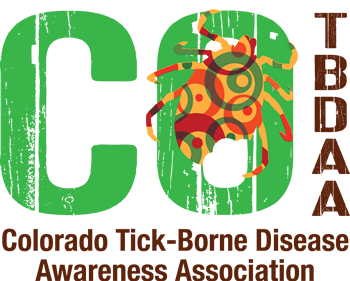Anaplasmosis
[vc_row][vc_column][vc_column_text] What is Anaplasmosis? Anaplasmosis is a bacterium transmitted to humans and animals by tick bites primarily from the blacklegged tick (Ixodes scapularis) in the northeastern and upper midwestern U.S. and the western blacklegged tick (Ixodes pacificus) along the Pacific coast. Formerly known as Human Granulocytic Ehrlichiosis (HGE), this disease is caused by Anaplasma phagocytophilum. In humans it is known as Human Granulocytic Anaplasmosis (HGA). This pathogen may also pose a risk to human health through blood contact, transfusions, and organ transplant. Is Anaplasmosis in Colorado? The tick, Ixodes spinipalpis was found to be a competent vector of anaplasmosis from Colorado rodents including the Mexican woodrat, or pack rat. Companion Animal Parasite Council prevalence maps also display growing incidence of Anaplasmosis in dogs within Colorado. Hunters are at risk through...












